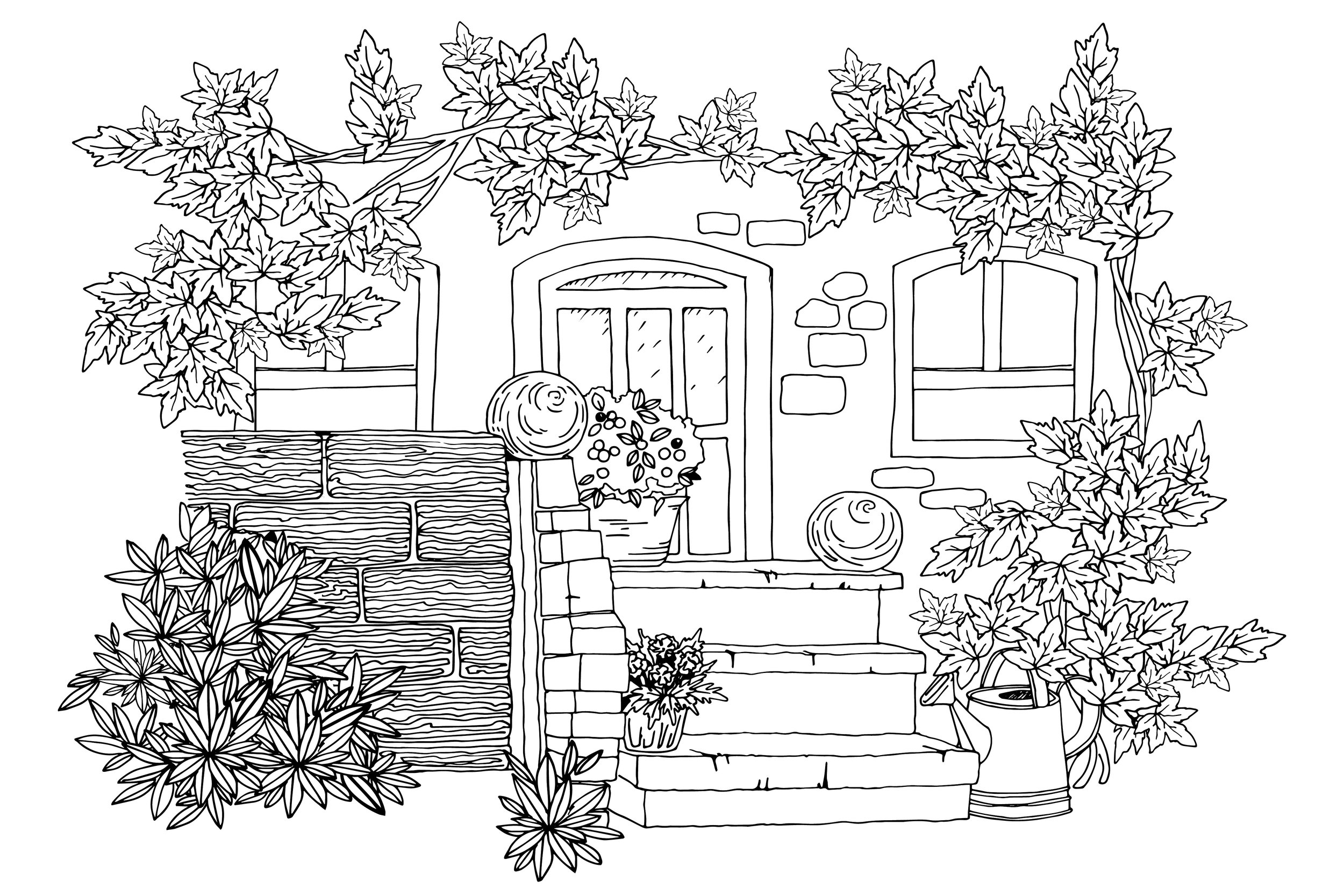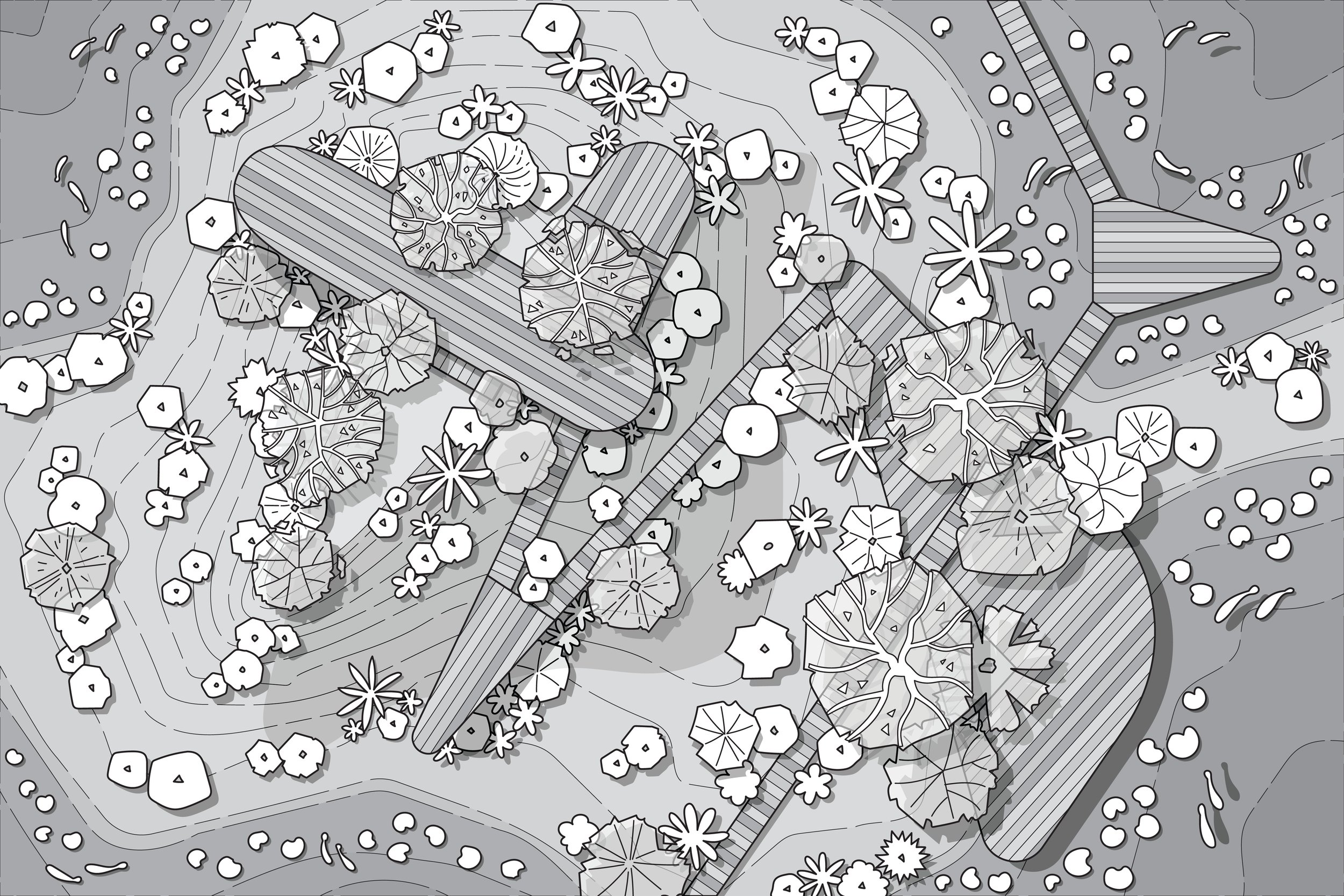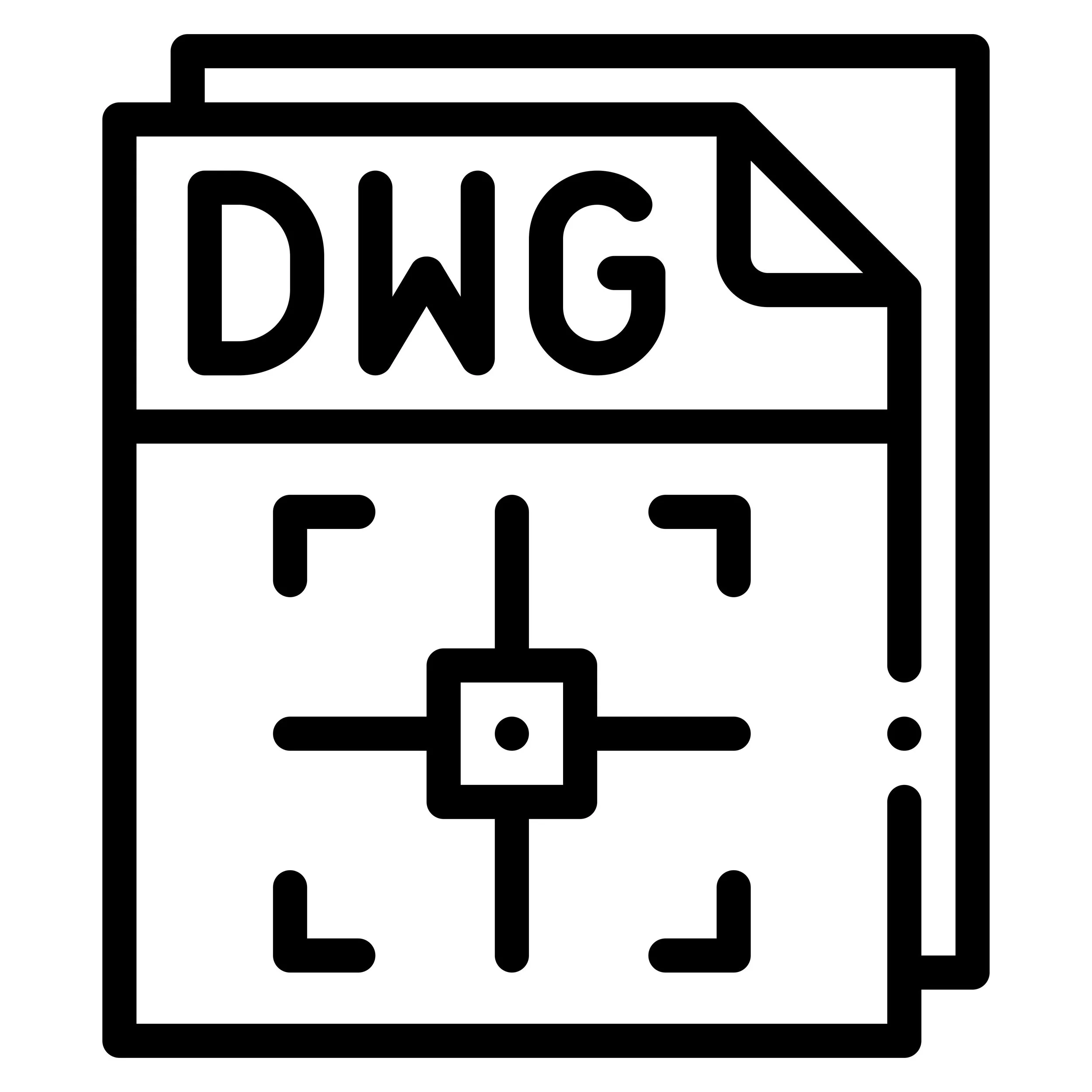CONCEPTUAL DESIGN: NOT BIDDABLE or BUILDABLE
Did you ever hear about the NASA Engineer that built a Space Shuttle from a colorful Concept? Ever? How about Space X. Do they build based on sketches or doodles? Will a builder put a bridge together with a Conceptual Design? Do I need to answer these questions?
Do not be mistaken or misled my dear friends. Do not.
There exist a large population in California that has been deceived. Blatantly in your 6 foot COVID space and in your face, lied. These poor clients knock on our door constantly. I feel for them, they have been betrayed.
Throughout the United States of America, there exist an even larger number of designers that are lying to the general public. They tell the public, “Give me your money and I will draw a cartoon. Don’t worry I attended YouTube and Google school for this”. And with that the white lie begins.
They go on telling the hardworking Client, “Don’t worry any contractor will be able to give you an estimate on my cartoon”. This cartoon is better known as a colorful Concept or Sketch. Made colorful and green for the client’s eyes. But a good contractor knows the foolishness of a concept drawing. The Conceptual cartoon is one of the initial steps in a large and drawn-out Design Process, literally drawn out. If a designer has told you that you can stop at the Concept cartoon phase, your hard-earned money is being burned, tossed into the Change Order world of no return.
Some paying clients have the elbow power to ask, “why don’t you provide me with at least Design Development level documents?” Then the little deceiver turns up from behind his Crayola box and says, “you don’t need that level of detail, trust me. Now, let’s pick out some colors! Yea fun”. When prodded or probed further about the omissions and lack of detail on the carton, aka, concept, they tend to exclaim, “the contractor will take responsibility for the details I don’t know how to provide and they will also take on the liability, since I don’t have a license to draw, and no company will trust me with a general liability insurance policy. YouTube owes me”. Then they hide behind the Crayola box, again.
Let me stop right there, ok let me not.
Landscape Architects, sometimes, do the same. However, from what I have seen, they are much more professional about it. Architects carry Errors and Omissions insurance, they also carry General Liability insurance, and if they employ anyone, then they must carry Workers Compensation insurance. This does not stop them from telling clients that a Conceptual Drawings is good enough for Bids and Estimates. I tell you that is WRONG, Licensed Architect or Not. Yet, they do it any way. Low and behold, they give their Client a One (1) page, One Page Drawing without their coveted License Stamp, you know the one with the circle, seal and the signature. Why? Because that circle and seal equals Liability and Responsibility. Let me say that again, One Page, no stamp. No good, no good at all. Landscape Architects don’t hide behind Crayola boxes, they hide behind Staedtler products.
Rules for Concept drawings or Schematics:
Number One - They are for the Client ONLY. Not for the professional contractor. Period. If drawn by an unlicensed designer, well that’s even worse! Don’t think so, Answer this - How does an amateur drawing (unlicensed), go to a professional builder (licensed)?
Number Two - CONCEPTS are NOT buildable or biddable. See number one above. You should not ask a Professional contractor to give you an Estimate on a Conceptual plan. By professional, I mean Licensed in California or any other state that requires a license to perform construction or landscaping work over $500.00 US Dollars (for both labor and material and cannot be broken up into 499 pieces or billed HOURLY to avoid this LAW!)
Number Three - Professional contractors are not sounding boards to check to see if the “budget is in-line” based on concept cartoons. A good Architect will hit the budget 80% of the time, no pricing by a contractor needed. A good Landscape Contractor will not provide a “just checking to see if the budget is in line” estimate. Period. The good landscape contractors are in demand and will not waste time on these cartoons. Estimates take large amounts of time to develop, which equals overhead, which equals money. If you see an add that reads “Free estimates”, don’t call or good luck if you do, it’s highly unlikely that they are licensed and don’t know the meaning of overhead cost. Nothing is Free.
Number Four folks - Designers providing an excel spread sheet or a pricing sheet, with the concept cartoon… don’t do it. Providing an 8.5”x11” sheet that “explains” the drawing… your designer has failed you. If you need any additional paper, especially in an 8.5”x11” sheet to explain your concept, the designer has utterly failed. Everything should be on the Construction Drawing Set. By set, I mean multiple drawing pages. By pages, I am referring to 24”x36” sheets at a minimum, properly scaled for precision. Please don’t allow your designer to use Adobe Illustrator in place of Proper CAD. Adobe Illustrator is used by anyone and everyone in school and on the streets similar to Sketch Up. AutoCAD is used by Masters, Graduates and Licensees. CAD PROgrams cater to the PROfessionals.
Quick Points: If you plan on hiring a Licensed Landscape Contractor, and you need a Design-
Hire a Licensed Architect, Landscape Architect, Engineer or a Licensed Landscape Design Build company.
When the drawings are at the CD or DD level, and only then, ask for estimates. Never at the Concept or Chicken Scratch sub-levels.
Do not ask for estimates from a Licensed Contractor, on designs by unlicensed persons, this cannot be done in California (more on that in another blog post).
Quick Points: If you plan on doing the work yourself or want to risk hiring anyone other than a Licensed Landscape Contractor -
Then yes, hire an unlicensed design person. Allow them to give you colorful cartoons. You’ll be taking on the responsibility and liability when things begin to fail, or when they take your money and run. Cheers!
Good DD or CD must have all of the information on them, so that there is no question, confusion or skepticism about what is to be built, planted or removed









